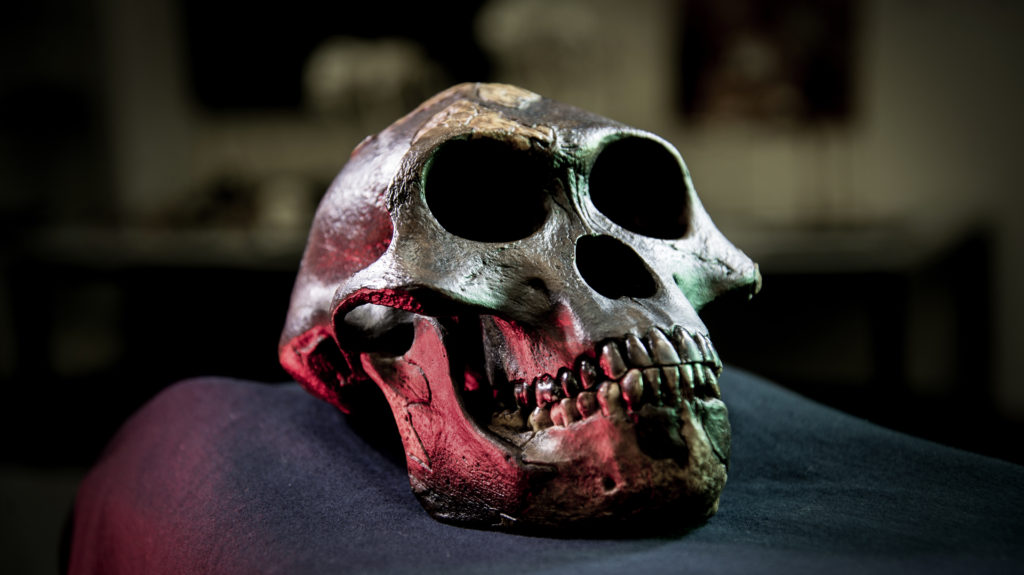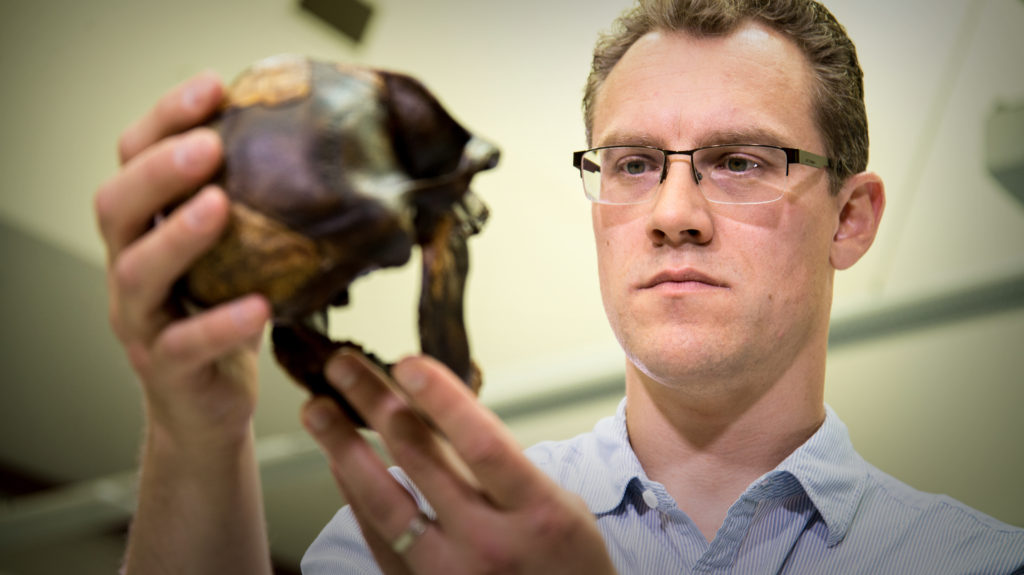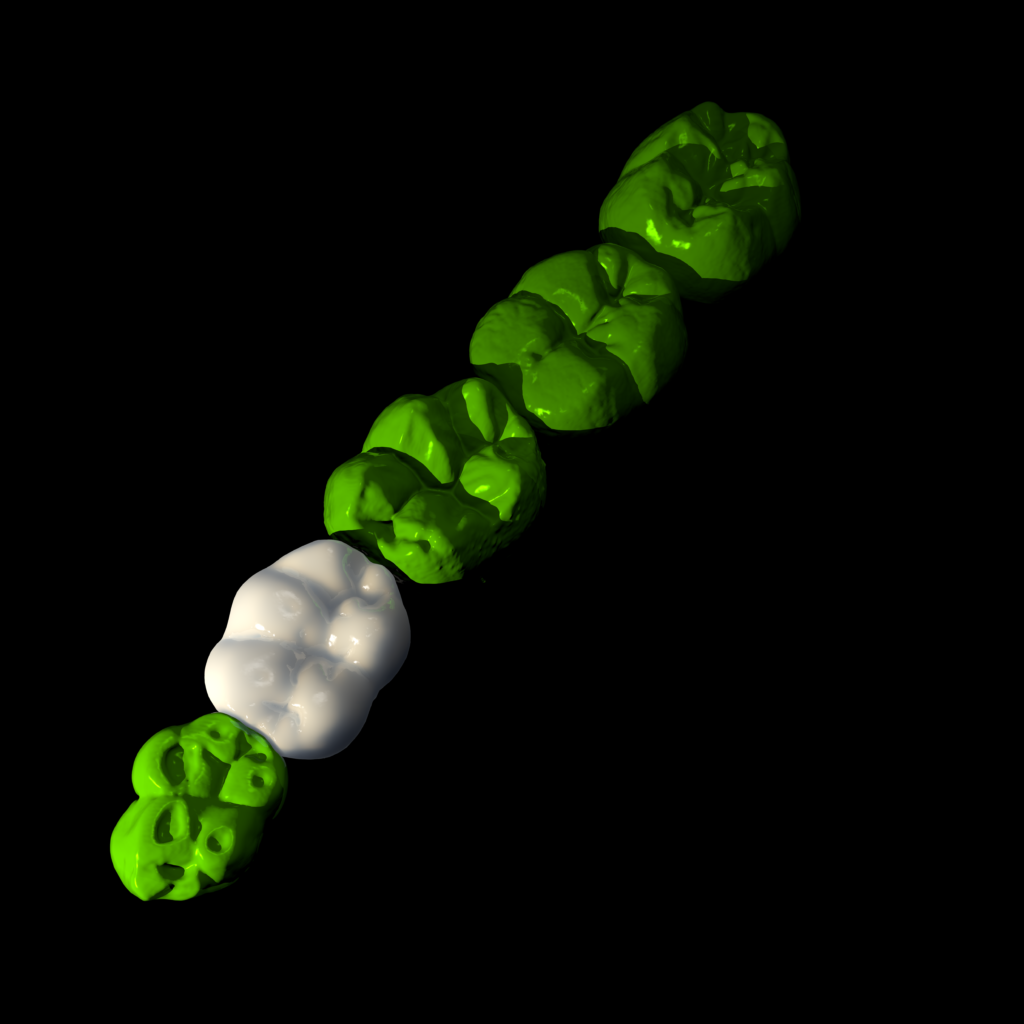 How similar are our teeth to our ancestor’s?
How similar are our teeth to our ancestor’s?
Alistair Evans, senior research fellow at Monash University, explores if our ancestors can be identified just by finding some of their loose teeth.
Dr Evans is an evolutionary biologist who studies the teeth of mammals. This includes how they break food, how they develop in the embryo, and how they evolve over millions of years. He completed his PhD in zoology at Monash University, Melbourne, Australia, and has worked in museums around the world on fossil and modern mammals.
Predicting Human Evolution through our Teeth

Human evolution is a complex branching tree of many species over the last 7 million years. In that time, there are been many species small and large, and changes from plant-eating through to meat-eating using tools and cooking. We can clearly see the results of these changes in food when we look at the fossil teeth of humans and our relatives the hominins.
Paleontologists who study these fossil teeth would like to learn much more from them. My interest is in how teeth are made in an embryo, and how the process of building teeth may influence how they can evolve. Our earlier work showed that the three molar teeth of mice are made in a particular way so there is a simple rule that determines what their sizes are. This rule, called the inhibitory cascade, says that the middle of the three teeth is the average of the two either side. Sounds simple, doesn’t it?

We wanted to know if this same rule applied in human evolution. From looking at the sizes of hundreds of fossil hominin teeth, we could see that they really do follow this rule. In fact, we could discover a few new aspects about human evolution from this. We’ve known that there are two groups of hominins, the first called australopiths, which includes the famous Lucy fossil from Africa, and the second is all the species we call Homo, including us and Neanderthals.
While each of these groups follows the inhibitory cascade, there was a little tweak right near the origin of our own genus which made the teeth of Homo species a bit different to those of australopiths. Perhaps this is one of the things that really defines our own genus, and shows that in some ways human evolution has been relatively simple. In fact, if we find only a few teeth at a fossil dig, we can use this rule to predict how big the other teeth next to them would be. And it may also tell us how our teeth will evolve into the future.

